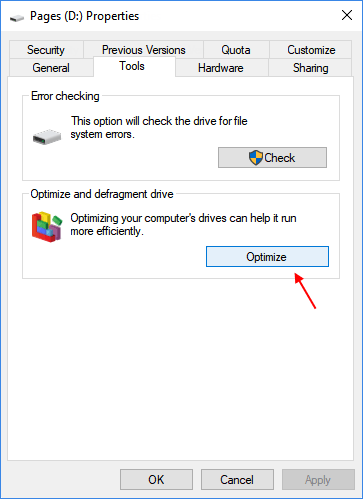
.jpg)
USB flash drives, (also called thumb drives, USB sticks, or any number of other things), are, in essence, SSD’s slower, cheaper cousin. Flash versus SSDīoth USB flash drives and SSDs are solid state drives. Many machines now come with SSDs as their primary disks, and one of the cheapest approaches to speeding up an older machine is to replace its older mechanical hard disk with an SSD. The difference in performance can be dramatic. Everything that makes it look and act like a hard drive is actually done by mimicking the characteristics of a hard drive in the solid state drive’s circuitry. There’s no disk to spin, and no read/write head to move around. The “magic” behind flash drives and SSDs (Solid State Drives) is that they’re built using electronic circuitry with no moving parts. That’s defragmenting, or “defragging”, in a nutshell: rearranging the chunks so when the time comes to access a particular file, they’re all together, and the read/write head doesn’t need to move as much.

While it moves very fast, moving that read/write head still takes time. If you can ensure that all the chunks of a file are next to each other rather than spread out all over, the head doesn’t need to move as much, and reading the file is faster. Much like the laser in a CD player (or the needle on a record player), the disk spins underneath while the head moves in and out to locate the proper “track” that contains the next chunk of the file being accessed. There’s a physical read/write head that moves around on the media when data is being accessed. You normally never see this, because the file system – that “NTFS” or “FAT32” thing you may see referenced from time to time – takes care of locating all those chunks when you read or write a file. That means a file could have its contents spread out randomly over a hard disk’s physical surface. Files are stored in pieces – frequently in 512 byte “chunks” which may or may not actually be physically next to or even near each other. Traditional hard disks are rotating disks of magnetic material with a read/write head that has to move around to find the data. In my opinion, you should never defragment a drive based on solid state memory. You’ve hit one nail squarely on the head: flash devices and SSDs don’t gain significant performance benefit from being defragmented.


 0 kommentar(er)
0 kommentar(er)
